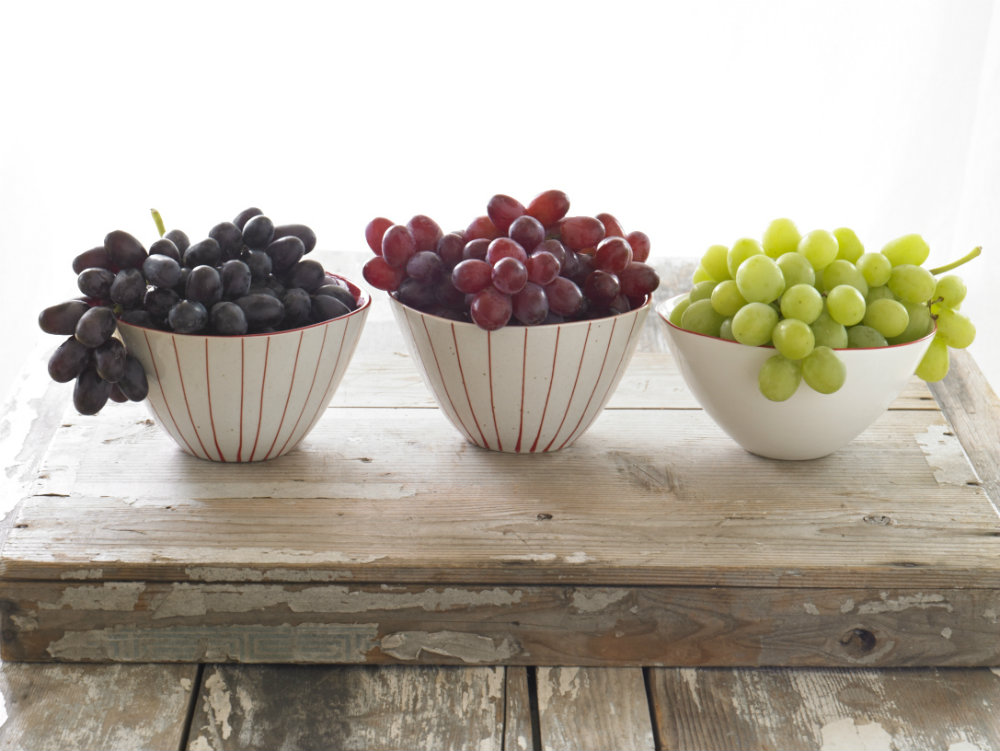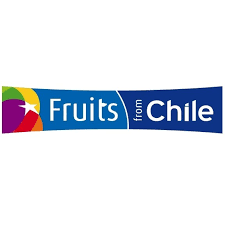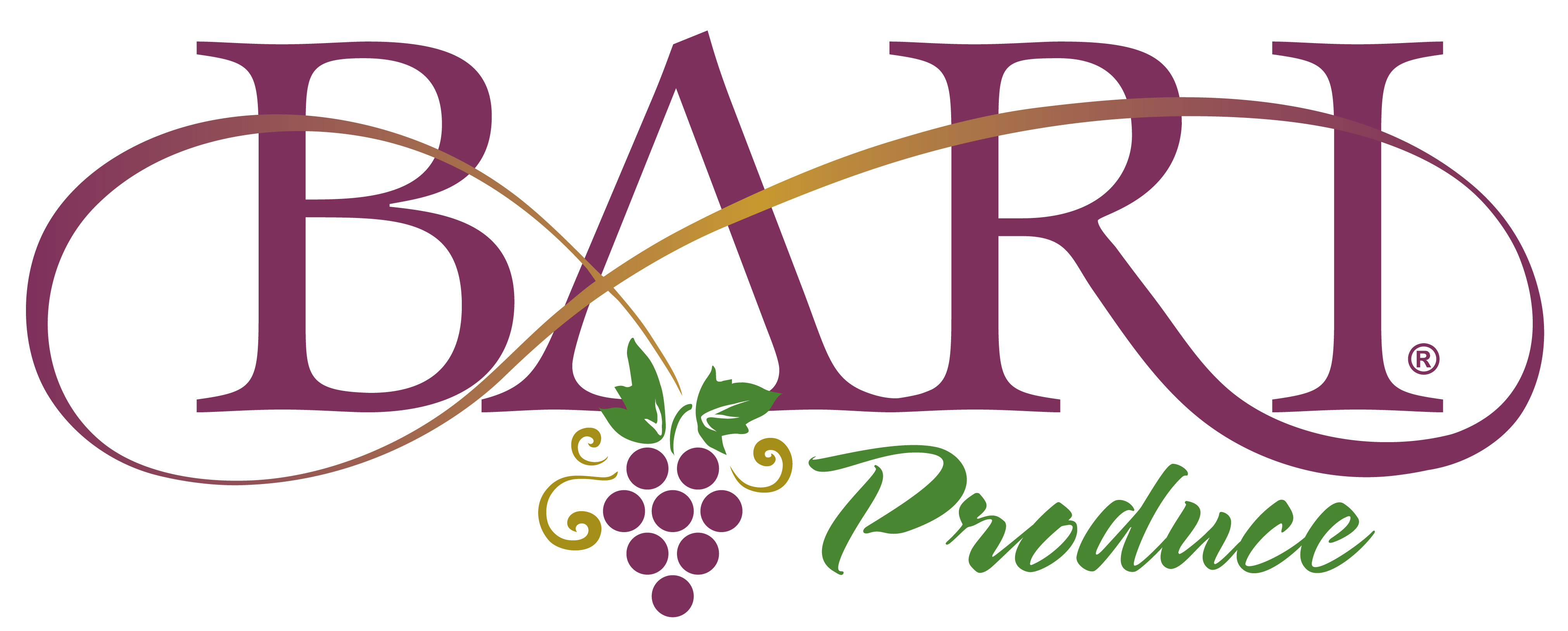According to The Packer’s 2025 Fresh Trends report, over half of all respondents reported buying grapes, making it one of the more commonly selected fruits in the produce section.
But consumers have expectations about their grapes. Fresh Trends survey participants who reported buying grapes said they overwhelmingly (90%) buy grapes as a snack, they prefer seedless grapes over seeded and green grapes slightly more than red. They even had decided opinions about brands, with over a third (37%) of grape-buying respondents saying they bought Cotton Candy and a quarter reporting Autumncrisp purchases.
Those in the industry say consumer demands on which grapes end up on their snacking table are getting pickier.
“Today’s shopper doesn’t just want grapes — they want a premium snacking experience,” says Jen Sanchez, vice president of marketing at Sun World International. While that experience includes sweetness and non-negotiable crispy crunch, it goes beyond that too, she adds.
“Increasingly, consumers are seeking out larger, vibrant green grapes with strong visual appeal,” she continues. “The preference is clear: large, Instagram-worthy berries with a real crunch and reliability over novelty. Every bag needs to deliver.”
The valuation (and challenge) of varieties
The ability of consumers to be selective when it comes to their grapes is two pronged. On the one hand, the industry is oversupplied, according to Michael DuPuis, Divine Flavor’s quality assurance and public relations manager. This can pressure prices and drive retailers to accept subpar fruit, which just risks damaging consumer trust. On the other hand, consumers increasingly have been given ever more unique options in the form of proprietary varieties.
“These varieties hit the sweet spot across audiences,” Sanchez says. “Luxury shoppers see them as indulgent and charcuterie-ready; parents value the health halo and convenience; kids respond to the crunch and flavor; and on social media, standout grapes have become shareable ‘status snacks.’”
“One of the most exciting innovations in the table grape industry is the development of next-generation proprietary varieties that prioritize flavor, shelf life, sustainability and health benefits — all in one,” DuPuis says. “Breeders are pushing the boundaries with grapes that not only taste better but also grow more efficiently, use fewer inputs and offer higher nutritional value.”
Other challenges
As with all produce, the grower-side concerns of the impacts of climate change, labor cost and shortage, and water availability are challenges facing the table grape industry.
For Sun World, Sanchez says that reality means “breeding grapes that are more climate-resilient, require fewer inputs and still deliver breakthrough flavor and texture. We’re leveraging marker-assisted, AI-guided breeding to fast-track improvements in crunch, size and flavor, while also investing in predictive agronomy tools that help guide canopy and irrigation decisions tied to heat and rain risk.”
The trouble is new varieties can take a long time, up to 10 years, to bring a new variety from seedling to shelf, Sanchez adds.
Ian LeMay, president of California Table Grape Commission, reports the commission is funding research programs to more efficiently care for, grow and harvest grapes in the state.
“For example, technologies and practices such as precision irrigation, weed mats and plastic coverings help ensure every drop of water is used as efficiently as possible in the vineyard,” LeMay says. “At the same time, developments in power wheelbarrows and automatic clippers can reduce the physical labor required of harvesting grapes.”
DuPuis similarly reports progress in other parts of the table grape supply chain, particularly in areas important to the international work of Divine Flavor.
“We’re also seeing advancements in postharvest technology and cold chain management that help preserve quality and extend freshness during transport — crucial for global programs like ours,” DuPuis says.
He adds that these innovations are helping the industry meet consumer expectations for quality and variety, while also “navigating ongoing challenges like unpredictable weather, sustainability concerns, resource constraints, labor shortages and the need to preserve soil health.”
“These issues can’t be solved overnight, but innovation in farming practices, supply chain efficiency and strategic variety planning will help,” he adds.
Your next reads:


















